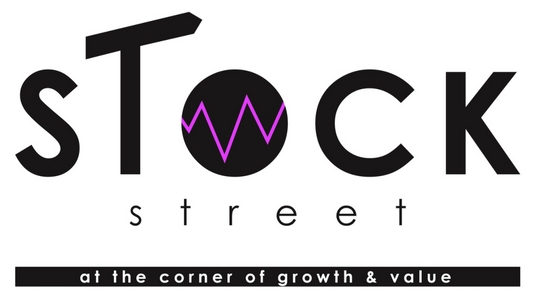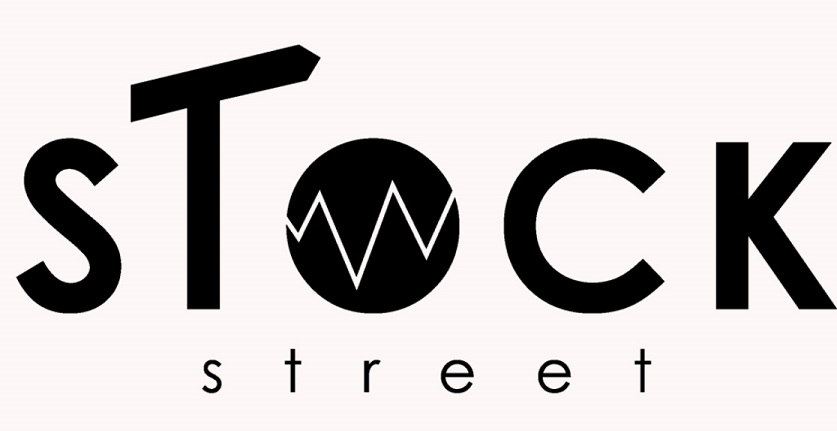What are bonds? No we are not going to be talking about the magical bonds between fathers and daughters. While the bond between father and daughter is an amazing facet of life, we are not referring to that. We’re actually talking about something with almost as much interest (Get what I did? Bonds pay interest. Ha! I’m hilarious), we’re talking about the fictional citizen of the United Kingdom who can take you out with a wink and a glass of Macallen. Literally, he will take you out, show you a great time in Hong Kong, then you will probably never see him again. But you will be satisfied 😉
Hold up, I’ve just been informed that this post is supposed to be about the debt instrument, not the suave English assassin. Ok, let’s just name our bond in this explanation, James?
Ok, so our bond’s name is James. James is a debt instrument used for the purpose of raising money for a corporation, government or municipality. Here is a beautiful picture of our James when he was a cute little bond bugger:

(If you’ve never seen a baby debt instrument before, this is totally what they all look like)
There are two sides to a bond we will use for this explanation:
- The side of the issuer of the bond.
- The side of the investor in the bond.
Side 1 – The Issuer
Let’s start with the reason the bond is issued. Assume there is a company, and let’s name that company, oh, I don’t know, Goldeneye Co.
So Goldeneye Co. needs to raise capital in order to build a giant, completely legal and above board, satellite lazer.
Disclaimer – this satellite laser is by no means for the use of giant lasers with sharks on their heads. Or is it sharks with laser beams on their heads?
Ok, our completely legal and above board laser satellite costs $100 million. Our company Goldeneye Co. issues 1,000 bonds in order to raise the money to build the $100 million satellite. Goldeneye Co. issues 1,000 bonds, so each bond will be worth $100,000 ($100,000,000 / 1,000 bonds = $100,000).
Goldeneye Co. sells all of its bonds which will look like this:
– Bonds sold = 1,000
– Price per bond = $100,000
– Money raised for Goldeneye Co. = 1,000 bonds X $100,000 per bond = $100,000,000
Alright! So Goldeneye Co. raised their $100,000,000 so it can start building its satellite laser.
Side 2 – The Investor
Now, let’s assume we as the investor purchased one bond for $100,000. Remember our bond’s name is James. James has 999 other siblings, but we got James, he’s the coolest.
So James is just one bond that we purchased as an investment. James has some very cool characteristics. Not only can he play the cello and make his own cheese, he pays something called interest. While his cheese is superb and his cello playing is satisfactory, we really purchased James because of his interest payments.

Bonds have three parts:
- Interest
- Term
- Principal
In James’ case, we’re going to give him the following characteristics:
- Interest = 5% per year
- Term = 10 years
- Principal = $100,000
What these three characteristics of James mean is that he will be paying us 5% per year, for 10 years. We paid $100,000 for James. At the end of the 10 years of James paying us 5%, we get our principal of $100,000 back.
It looks like this:
Start: Purchase bond for $100,000
Year 1: $100,000 X 5% = $5,000 interest
Year 2: $100,000 X 5% = $5,000 interest
Year 3: $100,000 X 5% = $5,000 interest
Year 4: $100,000 X 5% = $5,000 interest
Year 5: $100,000 X 5% = $5,000 interest
Year 6: $100,000 X 5% = $5,000 interest
Year 7: $100,000 X 5% = $5,000 interest
Year 8: $100,000 X 5% = $5,000 interest
Year 9: $100,000 X 5% = $5,000 interest
Year 10: $100,000 X 5% = $5,000 interest + Return of Principal = $100,000 = $105,000
So over a ten year period we made $5,000 per year ($50,000 total over ten years) and then we were returned our principal of $100,000.

Types of Bonds
Corporate Bond
Our above example involving the Goldeneye Co. would fall under the category of corporate bond. Goldeneye Co. is a company which needed to raise capital in order to build the giant satellite laser. As we saw in our example we are able to invest in the bond which allowed Goldeneye Co. to receive the funds.
Government Bond
Lets say we are a government instead of a company. For example, maybe the United Kingdom needs to rebuild MI6 headquarters due to a rogue ex “double 0” demolishing it before 007 could save the day.
In this case, the United Kingdom may need to issue bonds in order to pay for the rebuilding of MI6 headquarters. Just like above, if MI6 headquarters cost $100 million to rebuild, we can purchase the bonds and they will receive the money to rebuild headquarters.
This particular type of bond is referred to as a government bond.

Municipal Bond
If Ms. Moneypenny was captured by a rogue agent and 007 caught up with that rogue agent on the Verrazano bridge. We know 007 isn’t one to think about the damage done to municipal structures, so if one or two grenades had to be used to save Ms. Moneypenny, it has to be done. Maybe the unfortunate byproduct of those grenades is the equivalent of $100 million in damage that needs to be repaired. If this falls under the municipality of New York City the city may issue bonds in order to repair the damage done by 007 just like in the above example.
The only main difference between these three bonds, is that the municipal bond pays tax free interest! Which is a nice little tool to have for some of us.
So there you have it. Who knew bonds could be so fun, right?
Who out there invests in bonds? Who likes bonds? Who hates them?













